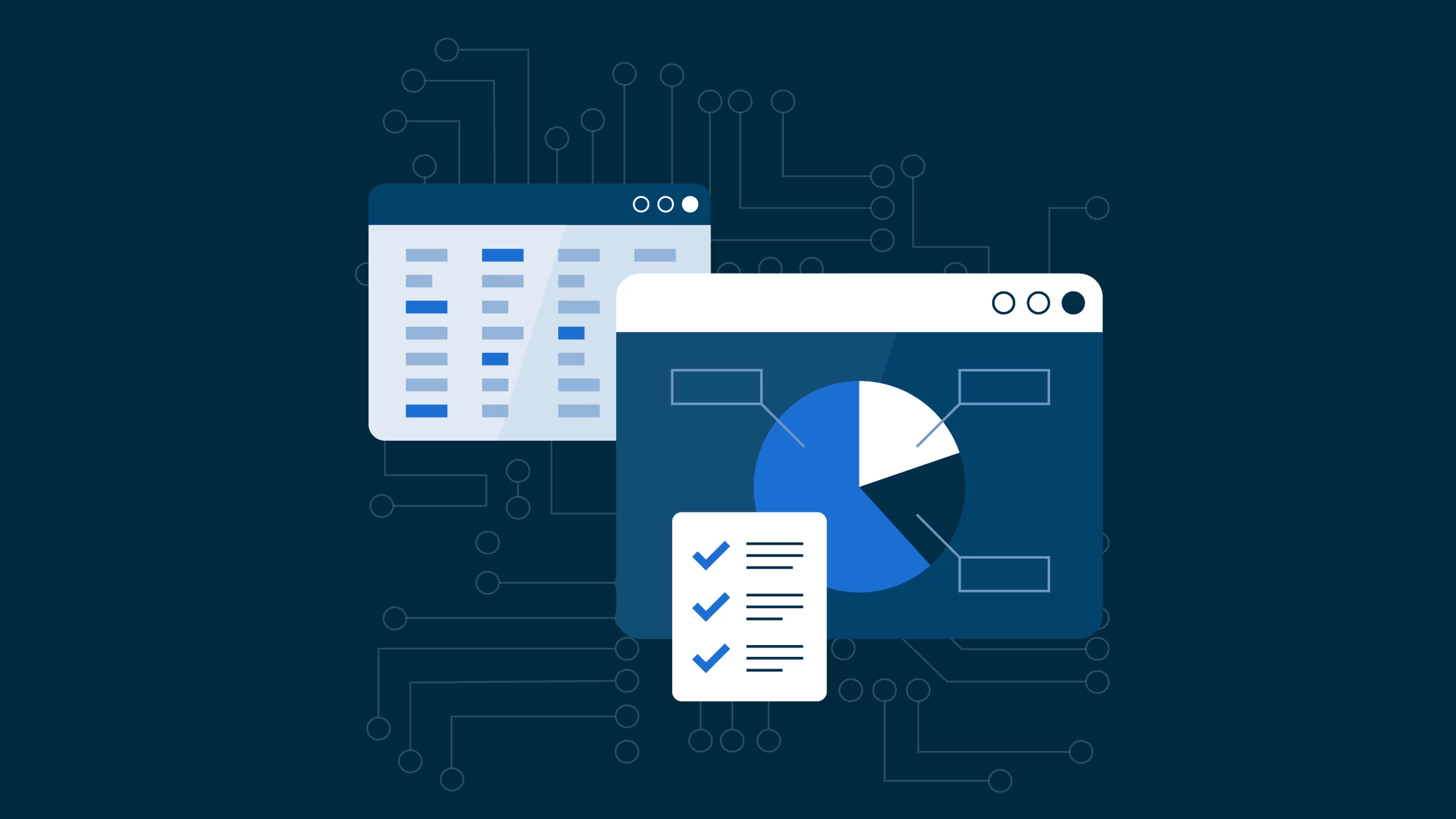Data-driven decision-making is possible through effective data analytics tools.
1. What is big data?
The term “big data” refers to complex digital information analytics compiled from many sources including (but not limited to) social media, the internet, devices, video and audio files, networks, and transactional applications such as online stores. Since big data compiles information from so many sources (and often in real time), it is considered an up-to-date, reliable source of information about global statistics and trends.
When we compile information from all of these sources, we generate big data. This data generation occurs within private companies, governments, and organizations––even the UN’s Civil Registry, Health Information, and Vital Statistics (CRVS) is a source of big data.
Businesses rely on big data to make data-driven decisions about their business. Among other things, big data helps predict future trends, create marketing campaigns, and generate growth models.
2. How is big data generated?
Big data comes from multiple sources and is grouped in many ways. One way of looking at the main building blocks of big data is through three categories: social data, machine data, and transactional data. Since many of our daily functions are a combination of these categories, think of these categories as a Venn diagram where many of our functions overlap.
2.1 Social data
Social data is statistics regarding unstructured interactions such as social media, emails, and texts. It includes actions such as “likes”, follows and subscriptions, tweets, comments, and content uploads from social media platforms. It also includes information such as how many accounts social media channels have, how many are active users, and when and where users are most active.
2.2 Machine data
As the name suggests, machine data is structured information collected by machines. This data collection may involve machine sensors, logs, and other reports generated by equipment such as cameras, medical devices, traffic monitoring devices, satellites, and even gaming software. Software (which we use in nearly all aspects of our lives and daily activities) falls under machine data as well.
2.3 Transactional data
Transactional data reflects semi-structured online and offline transactions such as orders, invoices, payments, deliveries, and returns. As the name suggests, this is data related to sales transactions and the forms, figures, and money involved in these processes.
Why does big data appeal to businesses?
Most businesses track their own data through their software, sales, and analytics. While this data is useful, it only serves as an indicator of how the business performs within this small set of parameters.
Big data extends beyond the data that a business and its software will track and report, and instead taps into a larger scope of global data. A simple way to summarize the major appeals of big data are its “Vs”—volume, variety, velocity, veracity, value, and variability.
Volume: The sheer amount of data is large (from terabytes to zettabytes).
Variety: Big data comes from various global sources.
Velocity: Data is compiled and available to businesses in real time.
Veracity: Data is generated from reliable, easy-to-track sources.
Value: Tools to identify and analyze big data are often easy to use and affordable.
Variability: Variability refers to the various speeds in which input data is received. It also refers to the variability of the data’s initial forms.
For these reasons, businesses of all sizes rely on big data to make decisions regarding their day-to-day operations, locate areas for business opportunities, and craft and execute short-term and long-term growth plans.
How will big data help my business?
More than half of U.S. small business owners believe that analytics are a critical component of their business, yet just 45% of owners track and utilize this data. This means that the majority of businesses are missing the opportunity to utilize big data in the following ways:
2.4 Increasing reach
Big data allows businesses to gain insights into their customers. Social media analytics and geotargeting help businesses to identify current customer preferences, offer discounts and promotions, and develop relationships with customers through posts, comments, and other interactions.
2.5 Improving operations
Big data allows businesses to automate routine tasks (for example, scanning reports and extracting data to see how a business stacks up against competitors). Big data also offers powerful visualization tools that help analyze potential risks of business plans or activities.
2.6 Enhancing recruitment
In just the last five years, HR use of big data for recruitment has increased by 242%. Businesses realize that big data helps companies recruit and retain high-quality employees by locating these employees, identifying skill gaps, providing data on competitive salaries, and more. Transparency of this data helps companies provide appealing and competitive salary packages to the right hires.
3. Want tools/tech to help with big data analytics?
Big data software meets the individual needs of your business to ensure your enterprise makes the most of big data and its analytics. From consolidating, organizing, and cleaning your data in order to prepare it for analysis to presenting your data in easy-to-interpret visualizations, big data software provides the tools you need to make data-driven decisions about your business.
Browse our list of top companies and learn more about their features in Capterra's data analytics and business intelligence companies hiring guide.
